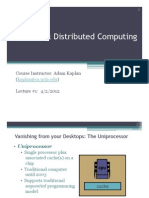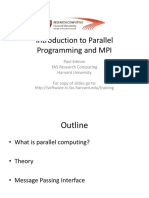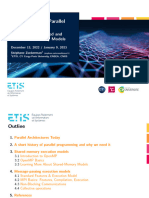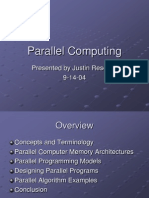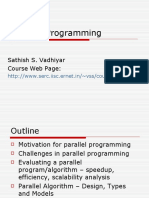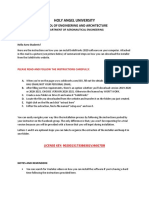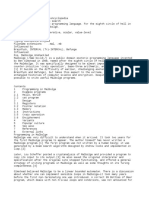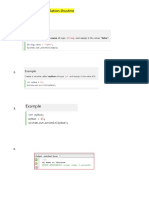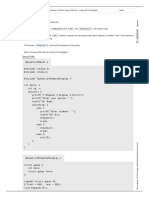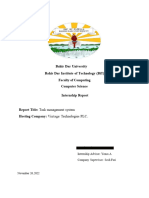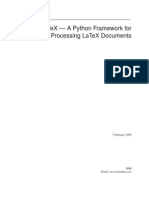0% found this document useful (0 votes)
13 views46 pages2 ParallelArchExec
The document discusses parallel architecture and execution, emphasizing the importance of parallel architecture and algorithms on application performance. It covers concepts such as saturation, efficiency, limitations of parallelization, and various programming models including shared and distributed memory. Additionally, it introduces the Message Passing Interface (MPI) as a standard for message passing in distributed memory environments and outlines its implementation and execution steps.
Uploaded by
Sharvani JadhavCopyright
© © All Rights Reserved
We take content rights seriously. If you suspect this is your content, claim it here.
Available Formats
Download as PDF, TXT or read online on Scribd
0% found this document useful (0 votes)
13 views46 pages2 ParallelArchExec
The document discusses parallel architecture and execution, emphasizing the importance of parallel architecture and algorithms on application performance. It covers concepts such as saturation, efficiency, limitations of parallelization, and various programming models including shared and distributed memory. Additionally, it introduces the Message Passing Interface (MPI) as a standard for message passing in distributed memory environments and outlines its implementation and execution steps.
Uploaded by
Sharvani JadhavCopyright
© © All Rights Reserved
We take content rights seriously. If you suspect this is your content, claim it here.
Available Formats
Download as PDF, TXT or read online on Scribd
/ 46
